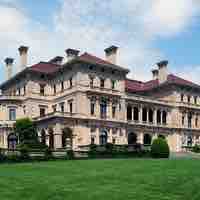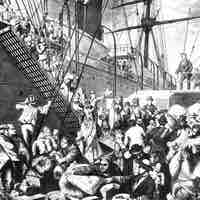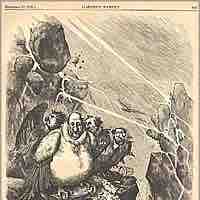Chapter 18
The Gilded Age: 1870–1900
By Boundless
During the Gilded Age, America developed its mass production, scientific management, and managerial skills.
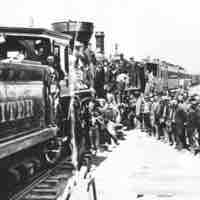
Completed in 1869, the Transcontinental Railroad served as a vital link for trade, commerce, and travel between the East and West of the United States.
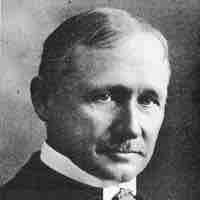
The mechanization of the manufacturing process allowed workers to be more productive in less time and factories to operate more efficiently.
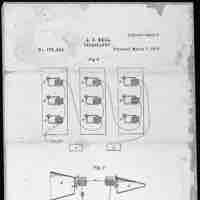
The telephone and electric lightbulb are perhaps the two most influential nineteenth-century inventions.
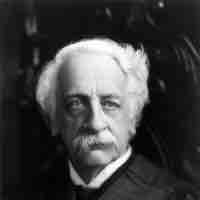
During the Lochner Era, the Supreme Court advocated a laissez-faire economic policy.
The term "robber baron" was applied to powerful 19th century industrialists who were viewed as having used questionable practices to amass their wealth. On the other hand, "captains of industry" were business leaders whose means of amassing a personal fortune contributed positively to the country in some way.
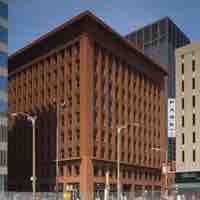
The industrialization of America led to incredible population growth in urban centers; by 1900, 40 percent of Americans lived in cities.
As the United States industrialized in the nineteenth century, immigrants and workers from the countryside were housed in tenements.

Many political machines in cities were affiliated with the Democratic Party, which recruited new immigrants, particularly the Irish.
The World's Columbian Exposition in Chicago was an international fair whose grandeur symbolized emerging American exceptionalism.
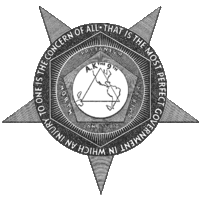
The original citywide labor federations grew into many national-scale labor organizations that fought for workplace rights, wages, working hours, political expression, labor laws, and other working conditions.
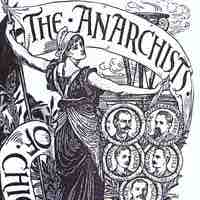
Anarchists in the United States, who fought within and alongside labor unions for workers rights, helped stage a demonstration in Chicago in 1886 that resulted in a deadly bombing.

Socialism and labor were interconnected movements during the Gilded Age.

In 1870, women were 15 percent of the total workforce, primarily assuming roles as factory workers, teachers, dressmakers, milliners, and tailors.
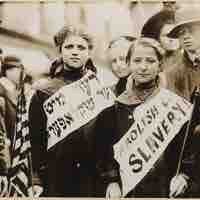
During the Industrial Revolution, children as young as four were employed in factories with dangerous, and often fatal, working conditions.
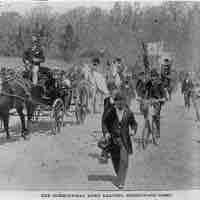
Coxey's Army was a protest march by unemployed workers from the United States, led by Ohio businessman Jacob Coxey.
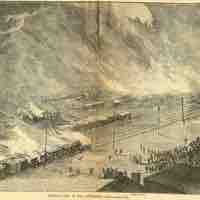
The Great Railroad Strike of 1877, also called "The Great Upheaval," spanned 45 days and four states and caused the deaths of many strikers.

The Homestead Strike of 1892 was organized and purposeful; it was the second-largest labor dispute in U.S. history.
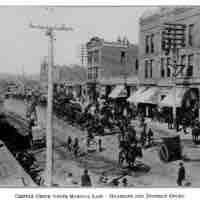
The Cripple Creek Miners' Strike of 1894 resulted in a victory for the union, due to the support of Populist Party governor, Davis Waite.
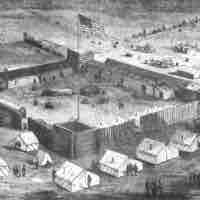
The private profit motive dominated the movement westward, but the federal government played a supporting role in securing land.
European immigrants and black freedmen moved to the western portion of America in search of new opportunities, while dispossessed Hispanics struggled to survive in their stolen homeland.
During the late 1800s, many range wars erupted between ranchers over water rights, grazing rights, and property and border disagreements.
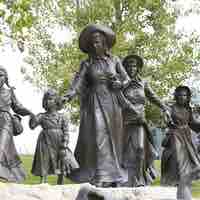
Pioneer women took care of child-rearing, fed and clothed the family, managed the housework, and fed the hired hands.
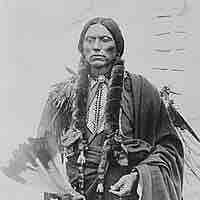
The American Indian Wars were a series of conflicts between American settlers, the U.S. federal government, and the native peoples.
As settlers moved west, Native American tribes were coerced into signing treaties that gave away their land.
The American frontier comprises the geography, history, and culture of the forward wave of American expansion that began with English colonial settlements in the early seventeenth century and ended with the admission of the last mainland territories as states in 1912.
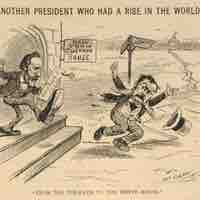
The Stalwarts, a faction of the Republican Party in the late nineteenth century, opposed civil service reform and favored machine politics.
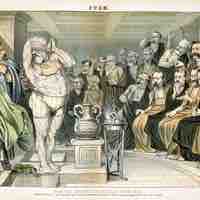
The issue of personal character figured prominently in the 1884 presidential campaign.
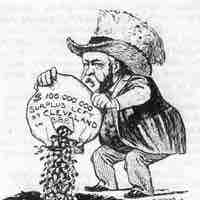
Civil service reform, pension reform, and the "Billion Dollar Congress" characterized the Harrison administration's Republican reforms.
Decreases in crop prices and crop failures in the 1880s bred economic discontent among farmers that led to the formation of the Populists.
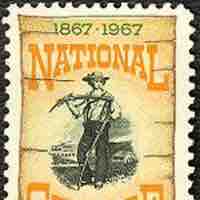
The Granger movement was founded in 1867 to advance the social and economic interests of rural farmers.
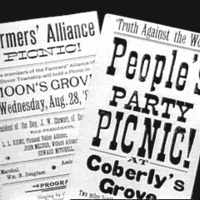
The Farmers' Alliance was an organized agrarian economic movement among U.S. farmers that flourished in the 1880s.
The Populist Party arose after the Granger movement and Farmers' Alliances began to decline.
American social Darwinism held that the social classes had no obligation toward those unequipped or under-equipped to compete for survival.
During the Industrial Revolution, the economic and social roles of woman shifted and became largely focused on the domestic sphere.
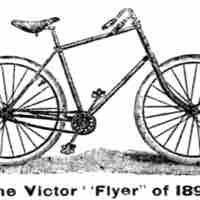
Bicycle riding, camping, baseball, and public parks grew in prominence during the late nineteenth century.
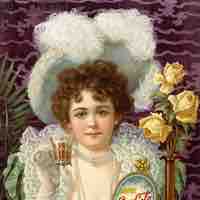
By 1900, advances in consumer education and mass production helped advertising to become firmly established as an industry.
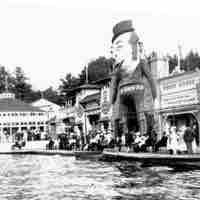
During the Gilded Age, free time and disposable income were spent on new forms of leisure such as amusement parks, burlesque shows, dime museums, and vaudeville shows.
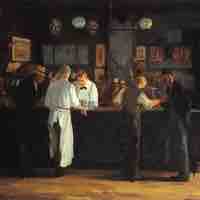
American realism attempted to portray the life of ordinary Americans at home, presenting a new artistic perspective.
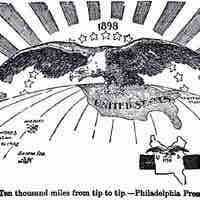
"American imperialism" is a term that refers to the economic, military, and cultural influence of the United States internationally.
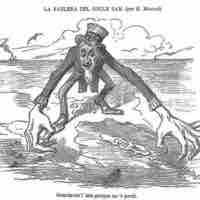
The Spanish-American War was a three-month-long conflict in 1898 between Spain and the United States.
Progressive Era evangelism included strong political, social, and economic messages, which urged adherents to improve their society.
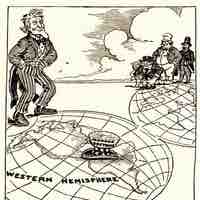
The Open Door Policy aimed to keep the Chinese trade market open to all countries on an equal basis.
The Philippine-American War was an armed conflict that resulted in American colonial rule of the Philippines until 1946.

The Banana Wars were a series of U.S. military occupations and interventions in Latin American and Caribbean countries during the early 1900s.
